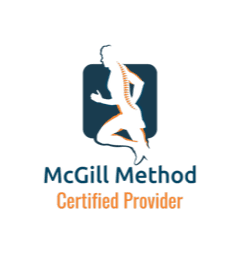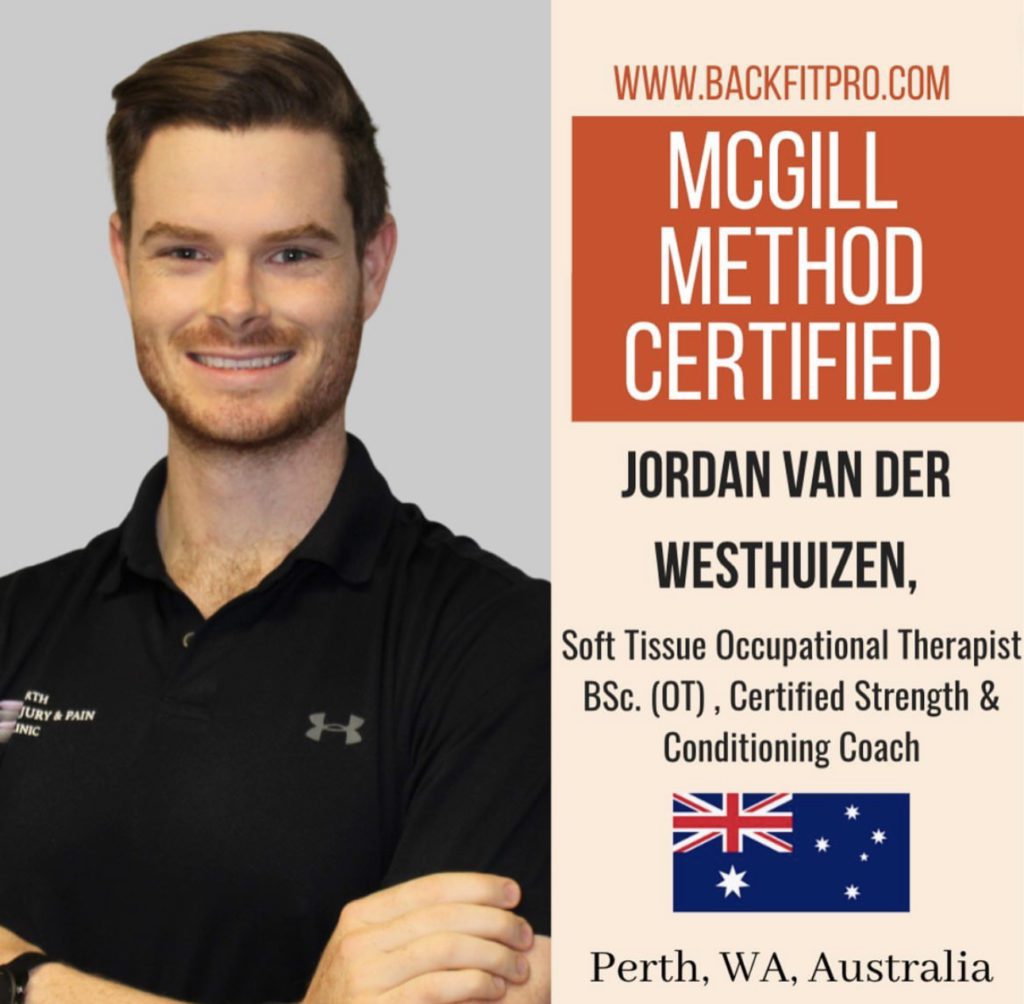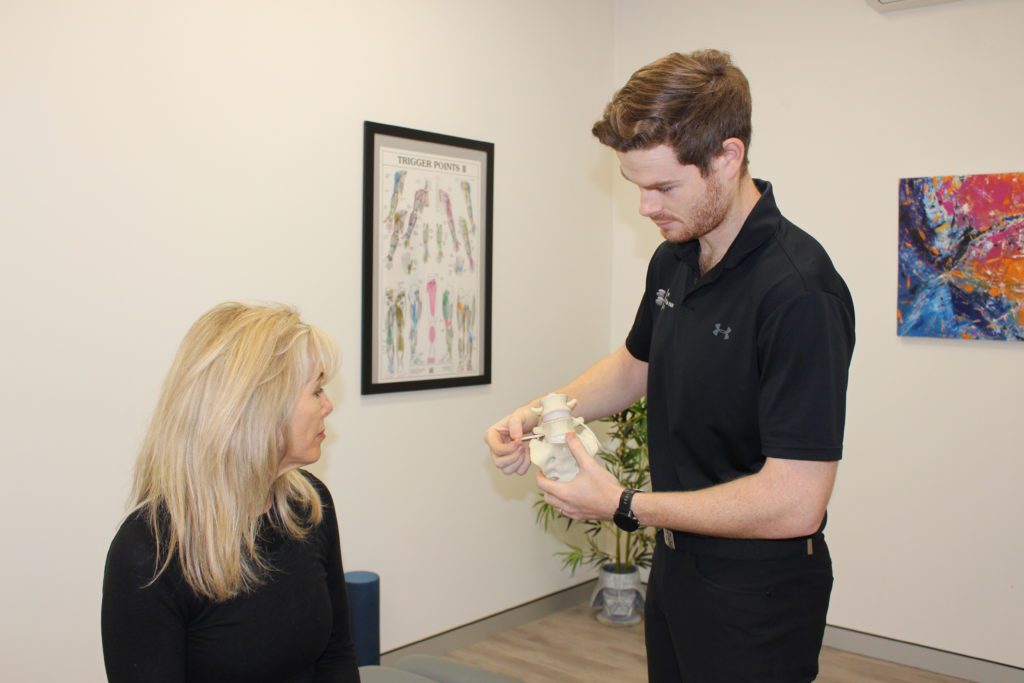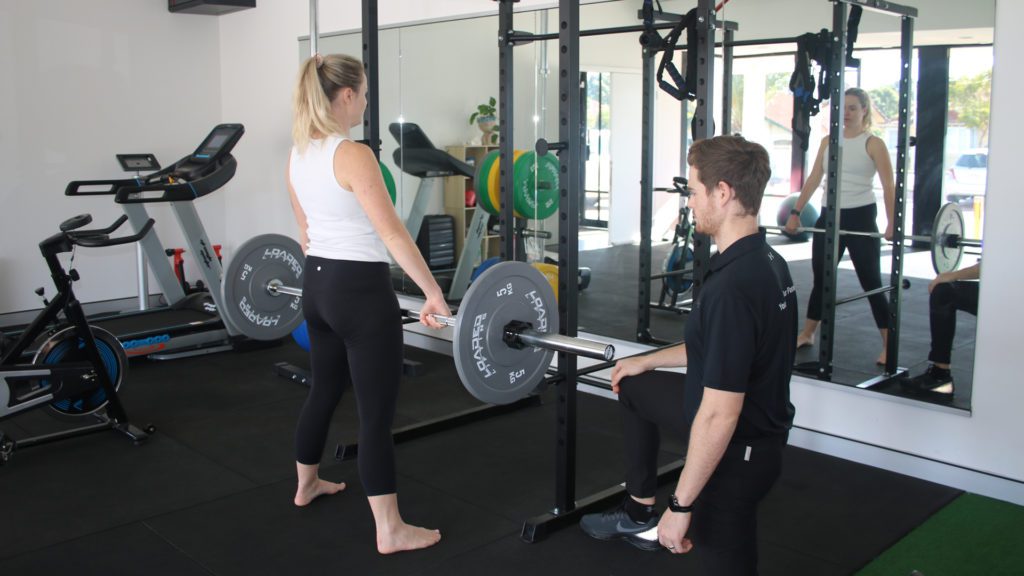Low back disorders are prevalent in all societies and affects millions of people worldwide. While it can be caused by various factors, finding an effective and personalized treatment approach is crucial for long-lasting relief and long-term benefit. One such approach that has gained popularity over the years is the McGill Method. Developed by Professor Stuart McGill, a world-renowned spine biomechanics expert, the McGill Method focuses on understanding the unique biomechanical principles of spinal function, the individual characteristics of a person and tailoring rehabilitation strategies to address the root cause of a person’s low back pain. We will explore the key aspects of the McGill Method: what it entails, how the assessment process works, and what the rehabilitation process looks like.

Jordan van der Westhuizen is one of only 7 people in Australia who have received the McGill Method Certification

The McGill Method is a specialized approach to treating low back pain that emphasizes three essential components: assessment, accurate diagnosis, and individualised rehabilitation. Prof. Stuart McGill, a professor emeritus at the University of Waterloo, is a leading authority in the field of spine biomechanics and has dedicated his career to understanding and treating back pain.
The first step of the McGill Method is an in-depth assessment to identify the root cause of the individual’s low back pain. Unlike generic treatments, the McGill Method acknowledges that each person’s pain is unique and may stem from different factors. This comprehensive evaluation includes a detailed medical history, postural assessment, movement analysis, neurodynamic testing and muscle function examination. This identifies the ‘pain triggers and the mechanisms of injury (i.e – what is actually causing the problem).

The assessment process is a critical component of the McGill Method. It involves a thorough evaluation of the patient’s condition to identify the underlying factors contributing to their low back pain.
Medical History
The assessment typically begins with a comprehensive review of the patient’s medical history. This helps the healthcare professional understand any past injuries, medical conditions, or lifestyle factors that might be influencing the current back pain.
Postural Assessment
A postural assessment is performed to analyse the patient’s standing, sitting, and walking postures. Posture simply means a migration of stress, so specific postures can cause specific stresses to tissues and the spine which can attribute to a person’s symptoms.
Movement Analysis
The movement analysis involves observing the patient’s range of motion and functional movements. Specific movements that trigger or exacerbate the pain are noted, helping the practitioner understand how the patient’s spine and muscles are affected during various activities.
Muscle Function Examination
The muscle function examination evaluates the strength, endurance and activation patterns of the muscles surrounding or affecting the spine. Weakness or imbalances in these muscles can lead to inadequate stability of the spine, compensatory movements and/or contribute to low back pain.
Medical Imaging
Medical imaging, such as X-ray, MRI and CT scans may be useful in some circumstances. Again, this depends on the individual person’s context – not all low back pain needs imaging. But should you have had imaging done, this will be reviewed and linked with your individual assessment as scans alone should not be used to diagnose a person’s low back disorder or pain.
After completing the assessment, the rehabilitation process begins, tailored to the individual’s specific needs and triggers and goals.

Individualised Treatment
Unlike one-size-fits-all approaches, the McGill Method acknowledges that no two individuals are the same. It takes into account factors like lifestyle, daily activities, occupation, and personal goals to create a personalized treatment plan. By addressing the specific needs of each individual, the McGill Method maximizes the chances of successful recovery and long-term pain relief.
Desensitising
Once the assessment is complete, the sensitized tissue (disc, nerves, facet joints etc.) and the reason for the sensitization of these tissues have been identified. Your practitioner will guide you through ‘movement tools’ to show you how to move more effectively to allow the aggravated tissues to desensitise and wind down your pain symptoms. This may also involve hands-on treatment and other therapeutic tools useful to your individual condition, mechanisms and symptoms.
Core Stabilization Exercises
One of the cornerstone of the McGill Method’s rehabilitation process is a series of core stabilization exercises. These exercises are designed to progressively strengthen the core muscles while maintaining spinal stability. Examples of such exercises may include the “McGill Big 3” (which is the modified curl up, bird-dog and side plank) but involve many other exercise that help to build spine resilience.
Modified Movement Patterns
As part of the rehabilitation process, individuals are guided to modify movement patterns that may be causing or aggravating their low back pain. This may involve adjustments to lifting techniques, sitting postures, or exercise form to reduce strain on the spine. This is where optimising movement patterns that are true to biomechanical principles enable movement proficiency and improve functional capacity.
Movement Proficiency
Movement proficiency refers to the ability to perform physical movements with precision, efficiency, and control. It encompasses a range of skills, including coordination, balance, agility, strength, and flexibility. A person with high movement proficiency can execute movements smoothly and effectively, minimizing the risk of injury while maximizing performance in various physical activities or sports. This concept is crucial for overall physical health, athletic performance, and functional capabilities in daily life.
Due to the specialisation and popularity of this approach, we require patients to request initial consultations. Please fill out the form below and we will be in touch to arrange an appointment.